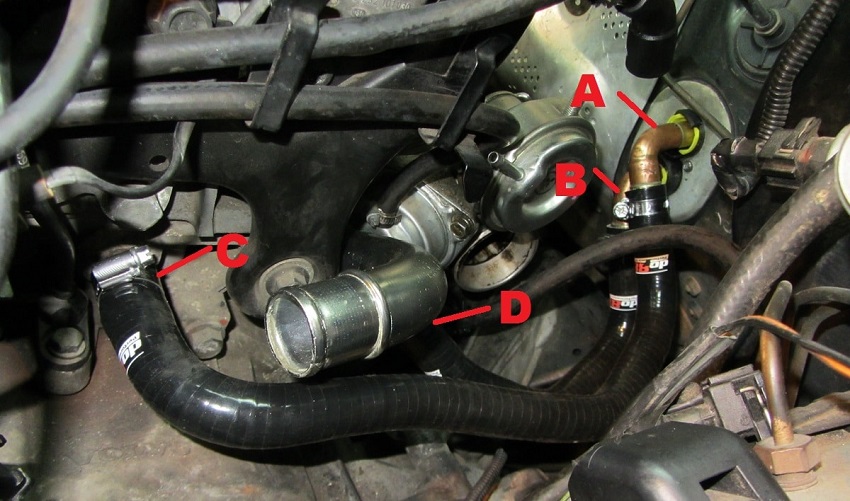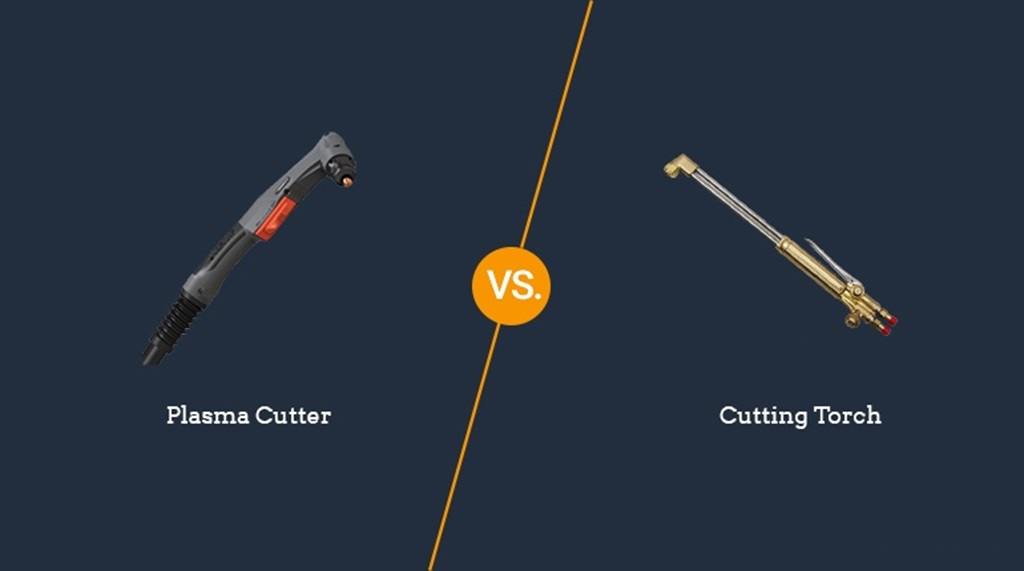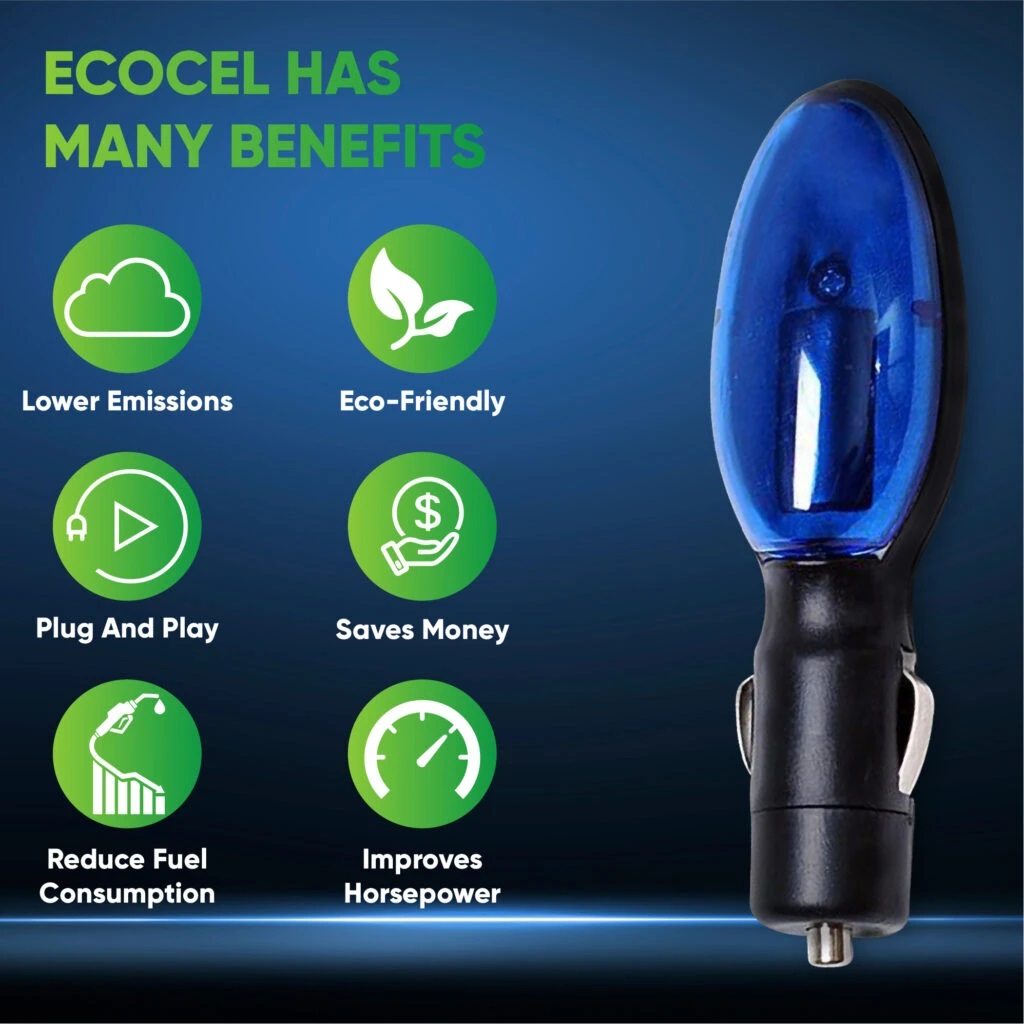Heating systems in vehicles play a crucial role in maintaining a comfortable temperature inside the cabin, especially during colder months. The heater core, a small radiator-like device, is at the heart of this system. It allows hot coolant from the engine to flow through it, providing warmth to the air that enters the cabin. Understanding which heater core hose is the inlet and which is the outlet is essential for proper installation and functionality of the heating system. In this comprehensive guide, we’ll explore everything you need to know about heater core hoses, their functions, and how to identify the inlet and outlet. This article is provided by buzzymoment.com
The Importance of Heater Core Hoses
Before diving into the specifics of identifying the inlet and outlet, let’s understand the significance of heater core hoses in a vehicle’s heating system. These hoses are responsible for carrying hot coolant from the engine to the heater core and returning cooled coolant back to the engine. Without them, the heater core would not function, and you’d be left with no heat inside your car on chilly days.
Different Heater Core Hose Types
Heater core hoses come in various shapes, sizes, and materials, depending on the make and model of the vehicle. They can be made of rubber, silicone, or even reinforced with nylon or fabric for added durability. Some hoses have a specific shape or curvature to fit snugly into the vehicle’s engine bay, ensuring efficient coolant flow. Look at the heater core hose diagram.
Identifying the Inlet and Outlet Hoses
Now, let’s get to the main question: How do you know which heater core hose is the inlet and which is the outlet? The identification process can vary slightly based on the vehicle, but here are some general methods that can help you determine the correct orientation:
1. Consulting the Vehicle Manual
The first and most reliable method is to refer to the vehicle’s manual. The manual usually provides detailed diagrams and explanations of the heating system, including the heater core hoses’ positions. Look for any markings such as “inlet” or “outlet” near the hoses in the diagram to ensure proper identification.
2. Inspecting Hose Size
In many cases, the inlet and outlet hoses have different diameters or sizes. Larger hoses often indicate the inlet, as it allows more coolant to flow into the heater core. Smaller hoses are typically the outlet, as they carry cooled coolant back to the engine.
3. Observing Coolant Flow
This method requires some caution and is best performed by professionals. With the engine cool, remove the hoses from the heater core and start the engine. Coolant should flow through one of the hoses and into the heater core while the other remains dry. This hose carrying the coolant into the core is the inlet, and the dry hose is the outlet.
4. Labeling or Marking
If the hoses are not labeled or marked from the manufacturer, consider labeling them yourself for future reference. Use masking tape or other appropriate markers to indicate which hose is the inlet and which is the outlet.
Common Mistakes during Installation
Incorrectly identifying the inlet and outlet hoses can lead to issues in the heating system’s performance. Here are some common mistakes to avoid:
1. Reverse Flow
Installing the hoses in reverse can lead to inefficient heating. The heater core may not receive the required amount of hot coolant, resulting in inadequate warming of the air inside the cabin.
2. Obstructed Flow
Blockages in the heater core hoses due to improper installation can reduce coolant flow. This can lead to poor heating performance and potential damage to the heater core over time.
3. Leakage
Poorly installed hoses may develop leaks, leading to coolant loss and potential engine overheating. Regularly check for any signs of leakage and address the issue promptly.
Conclusion
Properly identifying the inlet and outlet heater core hoses is crucial for maintaining an efficient heating system in your vehicle. Always consult the vehicle’s manual for accurate information, and if needed, seek professional assistance during installation. Remember to be cautious when dealing with engine coolant to avoid any accidents.




